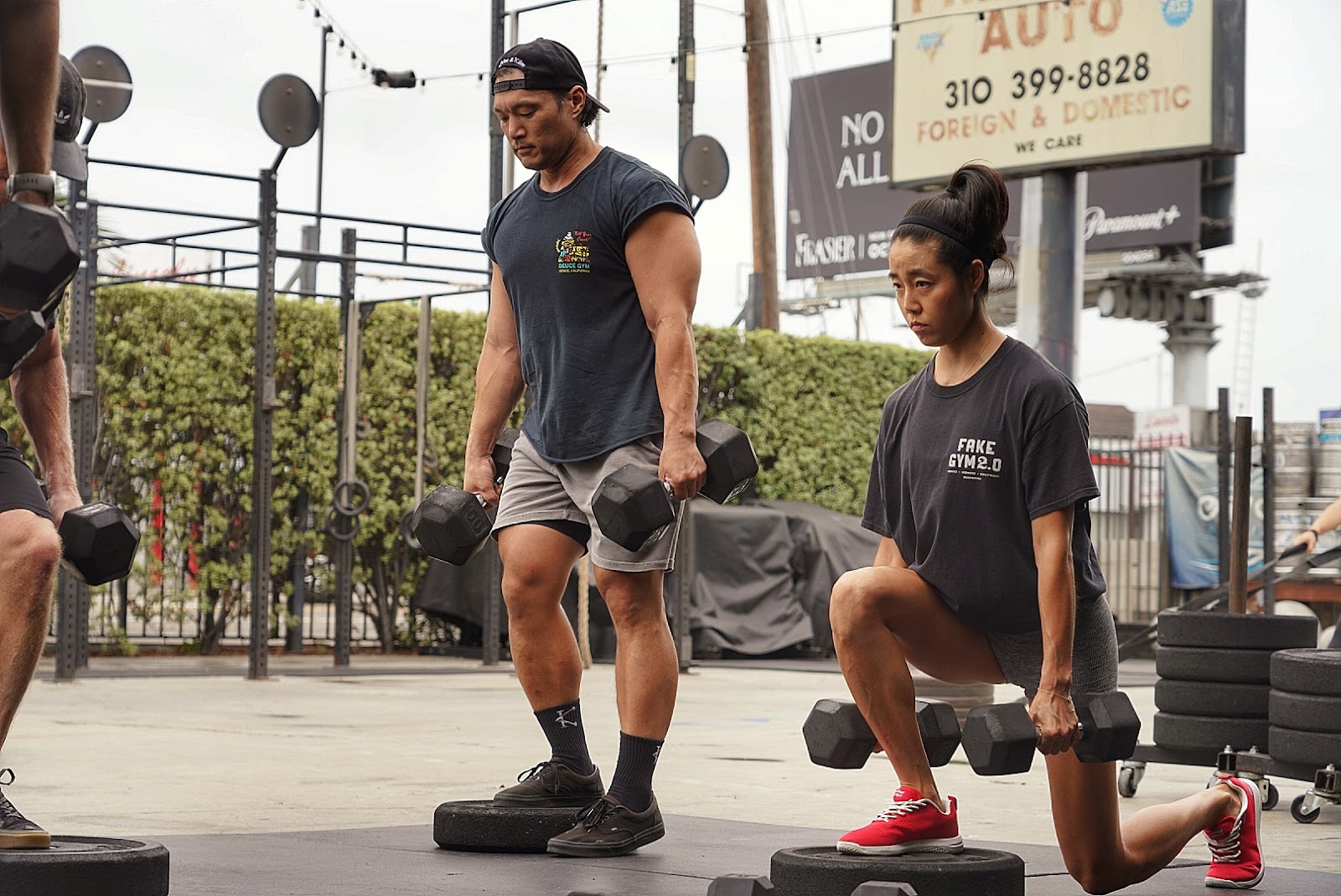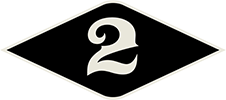
It’s an argument as old as time in strength and conditioning. I’ll save you the fitness jargon, but when both legs (or both arms) are working together it’s called bilateral movement. Use one at a time and it’s called unilateral. Check the photo above and you’re staring at some unilateral efforts in a lunge variation.
As if this debate didn’t have enough of a fire burning, we ask this question to provoke some thoughts in Coach’s Prep 101 Online to stir the pot. It’s a two parter. Here it goes:
- How much of your training is bilateral vs. unilateral?
- How much of your life/sport is bilateral vs. unilateral?
The answer is meant to prove a point. Most training programs (especially non-DEUCE programs) are almost all bilateral. The traditional squat, bench, deadlift, pull up, clean and jerk, etc are all bi-lateral movements. Life (and sport), however, is almost all unilateral.
So, what the hell is that about?
There’s a key tradeoff here.
Bilateral movements have more loading potential. No one’s single arm dumbbell press is close to their regular bench press, which means the bilateral movement can cause much more stress to the body in an effort to improve it. Nonetheless, unilateral movements better represent the demands of life and sport.
While there isn’t a perfect answer to remedy this paradox, it’s fair to say that knowing the tradeoff present and thoughtfully incorporating both unilateral and bilateral training movement is a step ahead of the rest!
Keep going.
9/29/23 WOD
DEUCE Athletics GPP
Complete 5 rounds of the following:
6 Barbell Bench Press
Complete 3 rounds for quality of:
15 Tate Presses
12 Lateral Push Ups
12 Body Saws
Complete 5 rounds for time:
20 Overhead Plate Lunges (45/25)
1 Bull Run
20 KB Swings (71/53)
DEUCE Garage GPP
Find a 1RM Power Clean & Jerk…
Then, in teams of 3-4, AMRAP 16
Partner A: Max Wall Balls (20/14)
Partner B: 10/8 Cal Bike
Partner C-D: -Rest-

